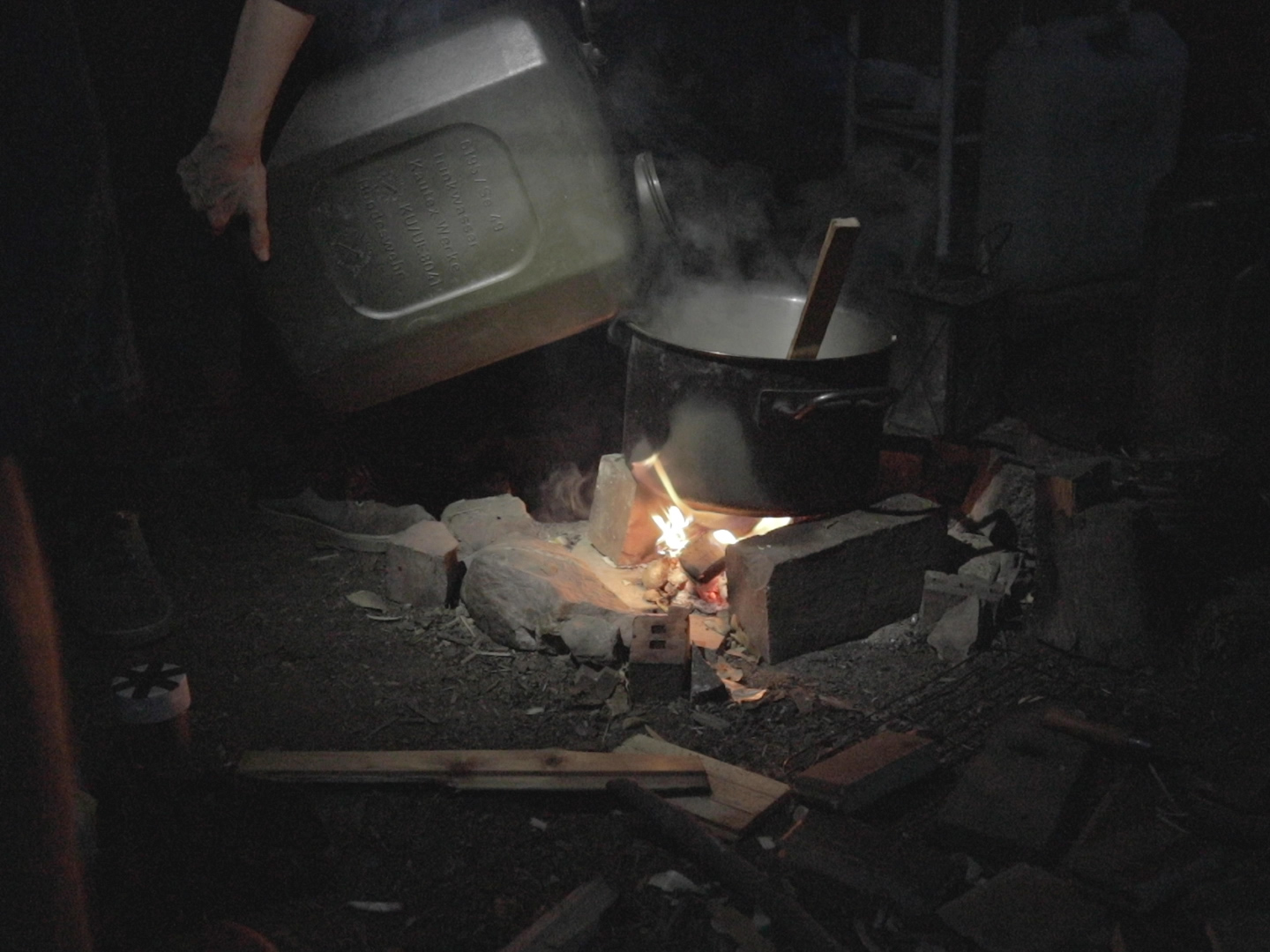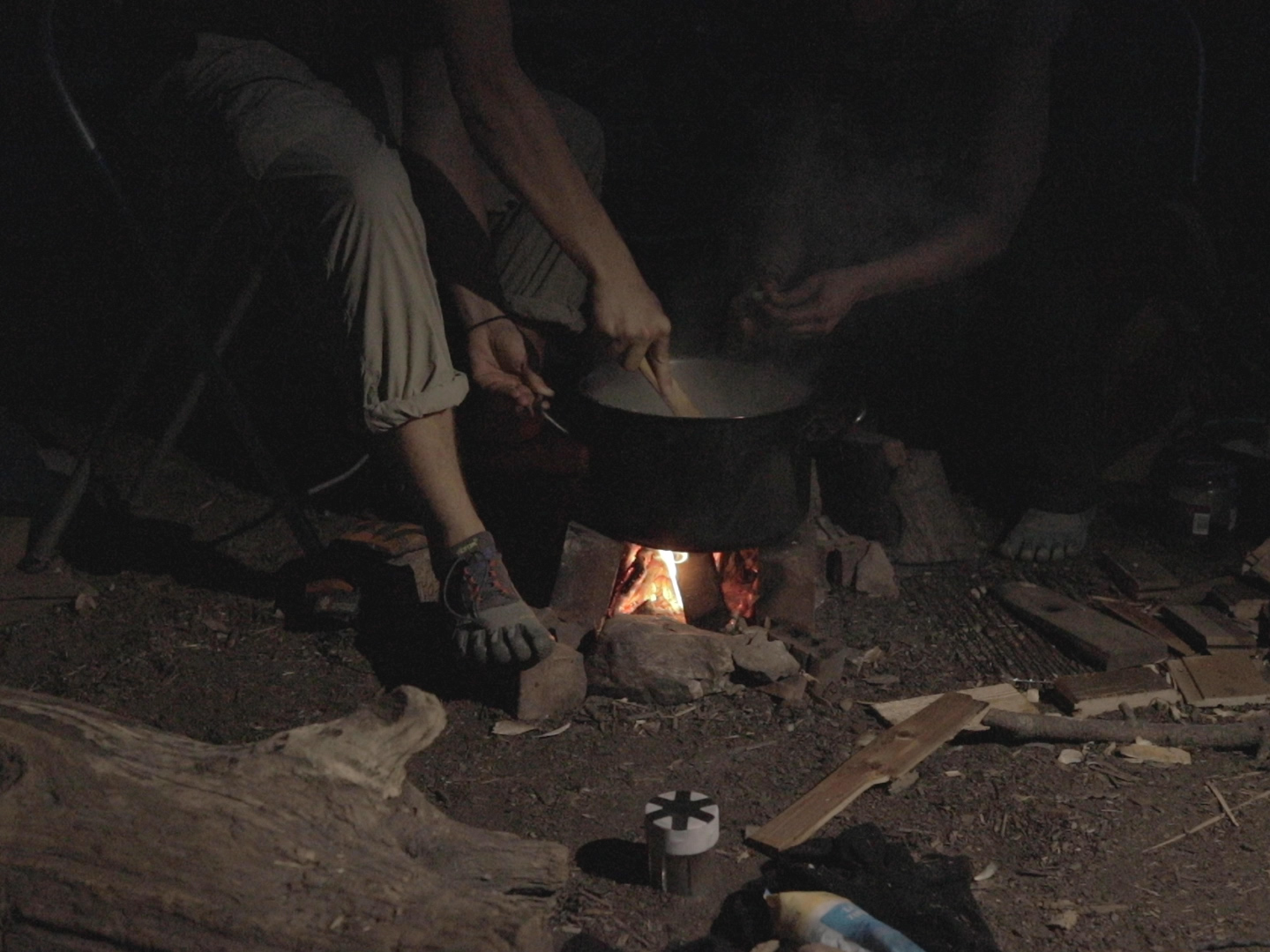5—10 June 2025
Turin
Turin
CinemAmbiente
International Short Competition
Museo Nazionale del Cinema
International Short Competition
Museo Nazionale del Cinema
Festival


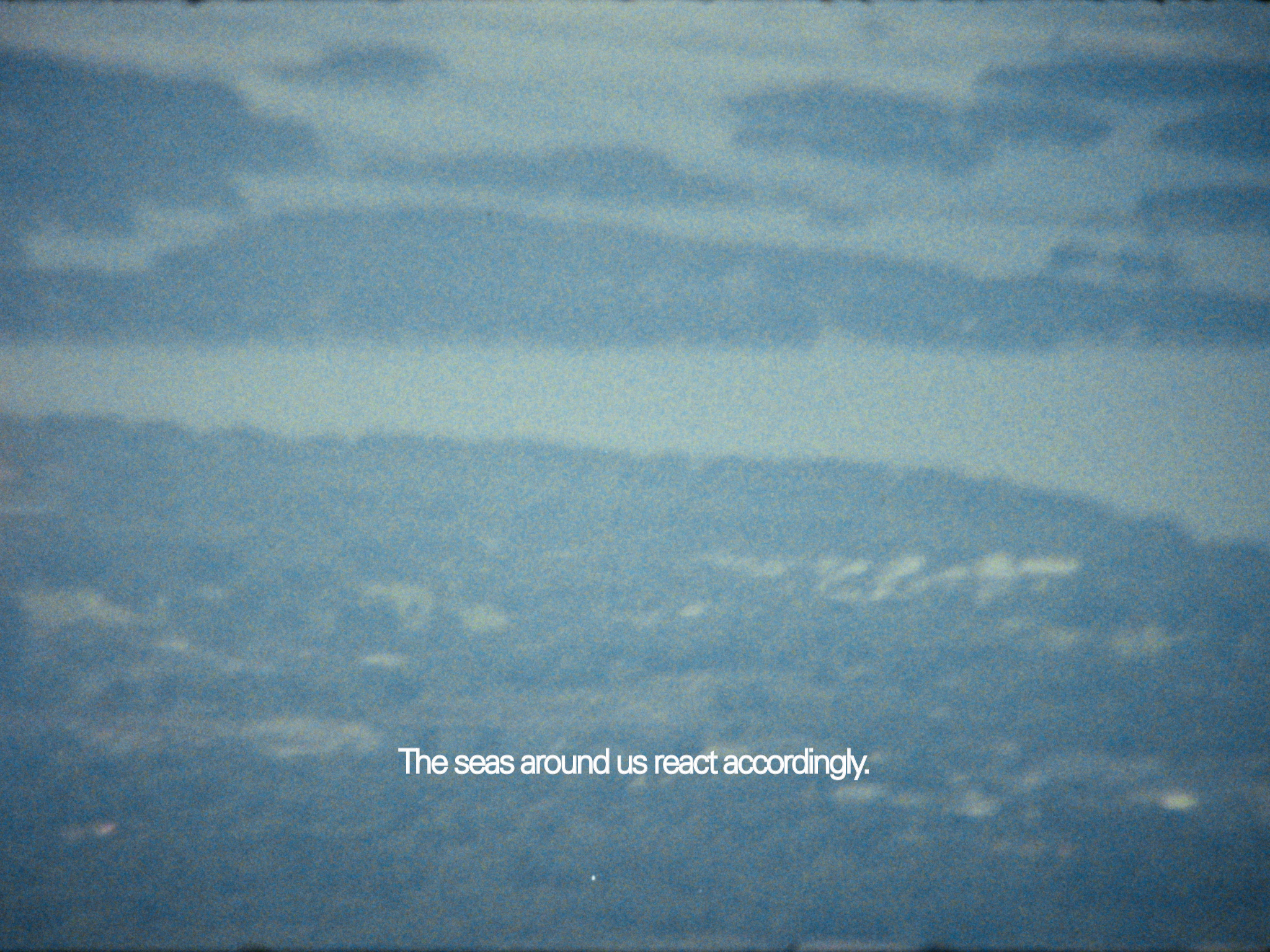






Saaret navigates the city of Helsinki as an environmental archipelago composed of heat and energy islands, insulated atmospheres, and artificial climates, leaking both from the past and future. Through stories that connect different areas of the city, a hybrid narrator voice emerges as an ecological subjectivity produced by and through sensing, at once abstract and embodied into different physical forms and temporal perspectives. Each narrative moment provides a glimpse into the complex layers of time and space, offering perspectives that transcend traditional boundaries between nature, technology, and the urban environment.
The essay film alludes to the now-extinct genre of the city symphony, while the Super8 film format creates a dreamlike temporal ambivalence reminiscent of travel films and nature documentaries. The image frames appear as fragile envelopes themselves.
The work ultimately creates a sensory, cinematic reflection on the interactions between human life, urban infrastructure, and the natural world.
The essay film alludes to the now-extinct genre of the city symphony, while the Super8 film format creates a dreamlike temporal ambivalence reminiscent of travel films and nature documentaries. The image frames appear as fragile envelopes themselves.
The work ultimately creates a sensory, cinematic reflection on the interactions between human life, urban infrastructure, and the natural world.


A short film directed by Paolo Patelli
Written by Jussi Parikka, Paolo Patelli, May Ee Wong
Scored by Angelo Maria Farro
Produced by Critical Environmental Data
Text Adaptation, Camera and Editing: Paolo Patelli
Sound: Angelo Maria Farro
Voices: Anu Aaltonen, Samantha Houston, Lua Vollaard
Additional Help: Lua Vollaard, Rizki Lizardi
With support from: Helsinki Biennial, Aarhus University (DAFED), Statens Kunstfond
Denmark, Finland, Italy / 2025
Written by Jussi Parikka, Paolo Patelli, May Ee Wong
Scored by Angelo Maria Farro
Produced by Critical Environmental Data
Text Adaptation, Camera and Editing: Paolo Patelli
Sound: Angelo Maria Farro
Voices: Anu Aaltonen, Samantha Houston, Lua Vollaard
Additional Help: Lua Vollaard, Rizki Lizardi
With support from: Helsinki Biennial, Aarhus University (DAFED), Statens Kunstfond
Denmark, Finland, Italy / 2025
Wild Senses
Short Documentary
in development
2025

Wild Senses is an ongoing artistic research project exploring urban wild spaces as sites of multispecies sensing and environmental knowledge. Centered on the ex-SNIA-Viscosa Lake in Rome—a former industrial site reclaimed by vegetation and wildlife—the project investigates how non-human organisms act as sentinels of ecological change.
In collaboration with Stalker Lab and building on postdoctoral work at Aarhus University on the aesthetics of environmental data, the research combines audiovisual ethnography, fieldwork, and participatory methods. It rethinks environmental sensing through a posthumanist lens, merging theory and practice to explore how human and non-human actors co-produce environmental understanding.
Co-funded by Statens Kunstfond and Culture Moves Europe, the research stay in Rome enables direct engagement with local ecologies and collectives, laying the foundation for a multimodal output that bridges artistic and academic forms of inquiry.
In collaboration with Stalker Lab and building on postdoctoral work at Aarhus University on the aesthetics of environmental data, the research combines audiovisual ethnography, fieldwork, and participatory methods. It rethinks environmental sensing through a posthumanist lens, merging theory and practice to explore how human and non-human actors co-produce environmental understanding.
Co-funded by Statens Kunstfond and Culture Moves Europe, the research stay in Rome enables direct engagement with local ecologies and collectives, laying the foundation for a multimodal output that bridges artistic and academic forms of inquiry.
Menyunting Arsip / Editing the Archive. Resequencing the Tillema Collection
Critical Documentary and Collaborative Editing Workshops
with Paoletta Holst
2020—2025


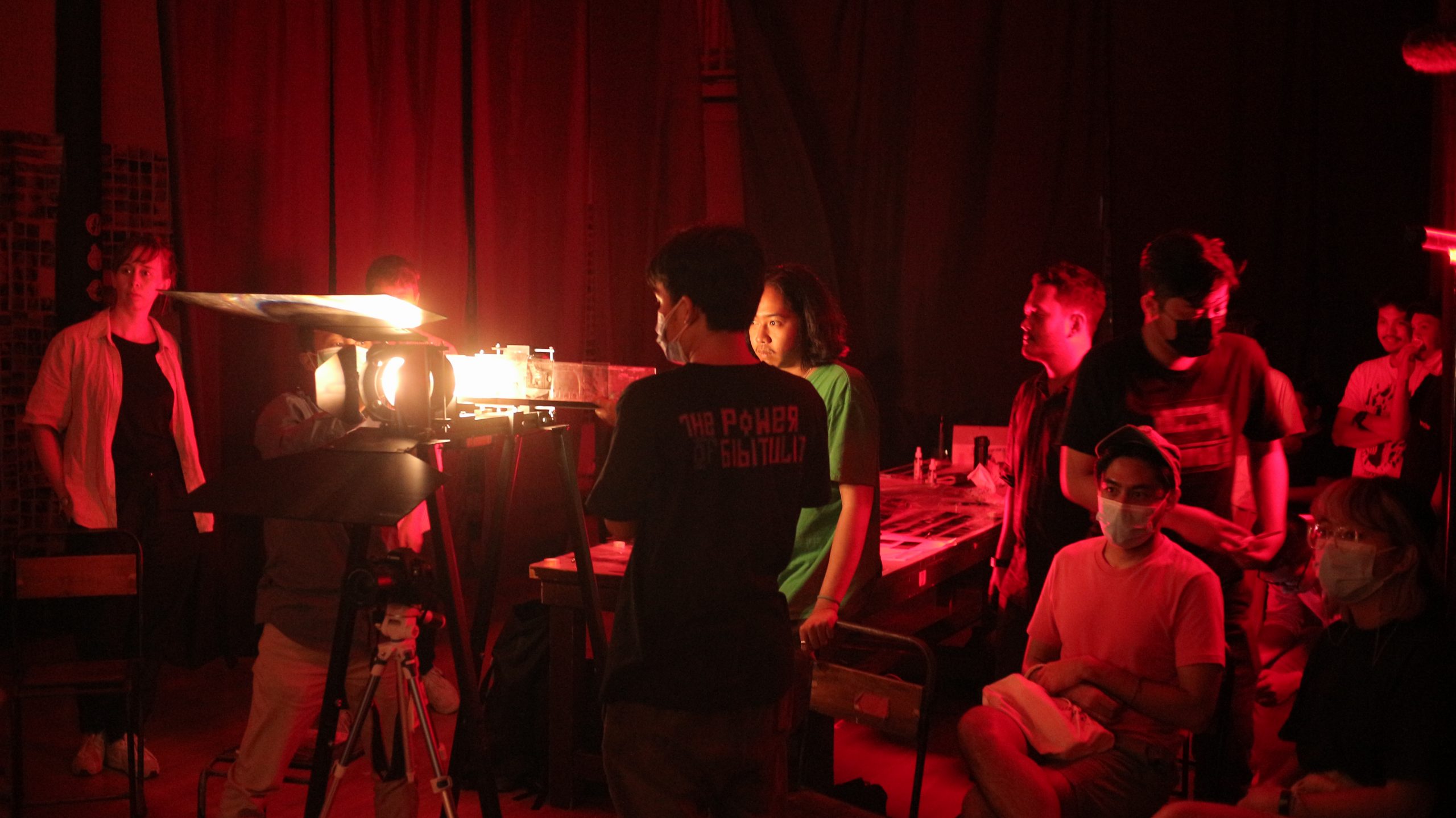

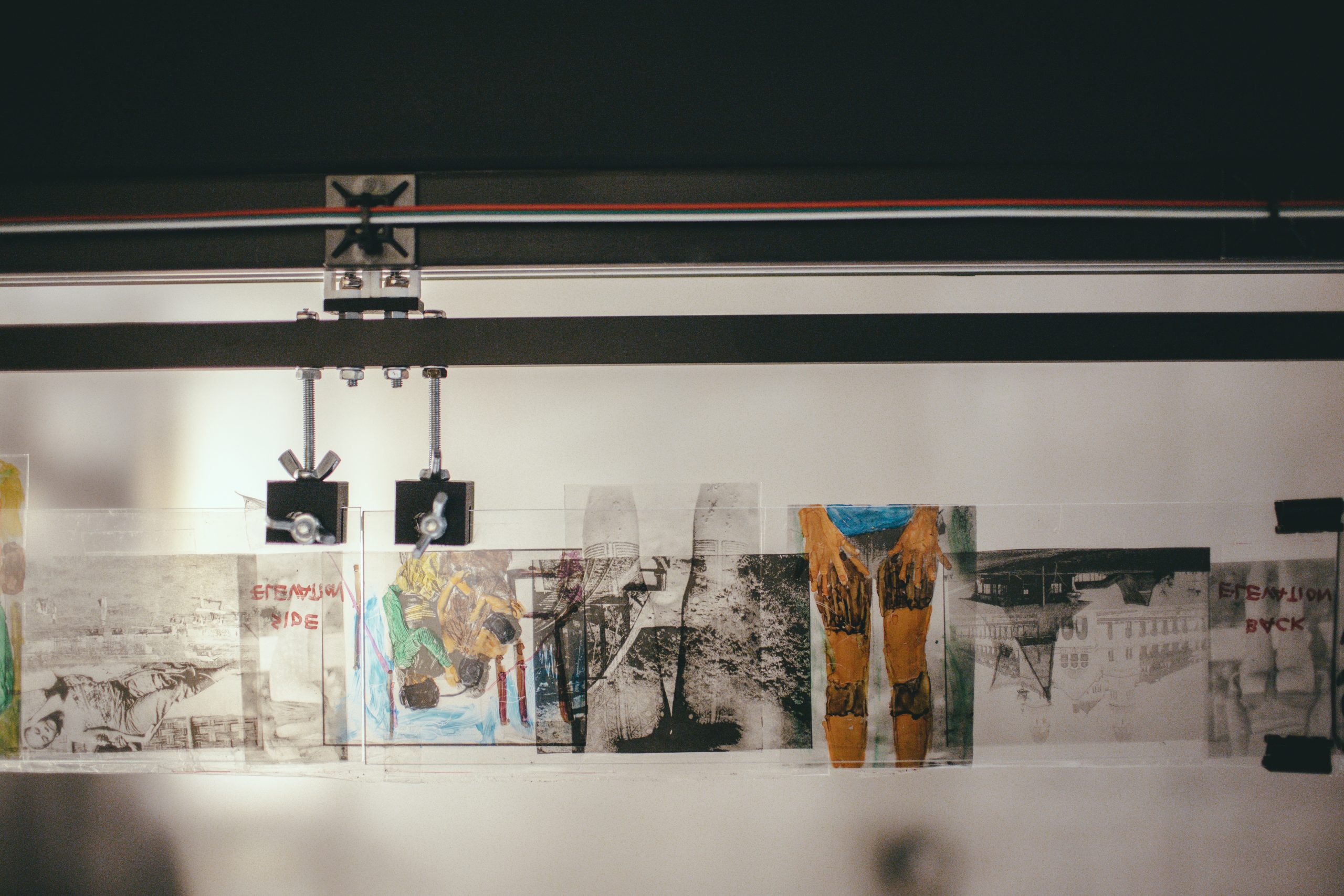


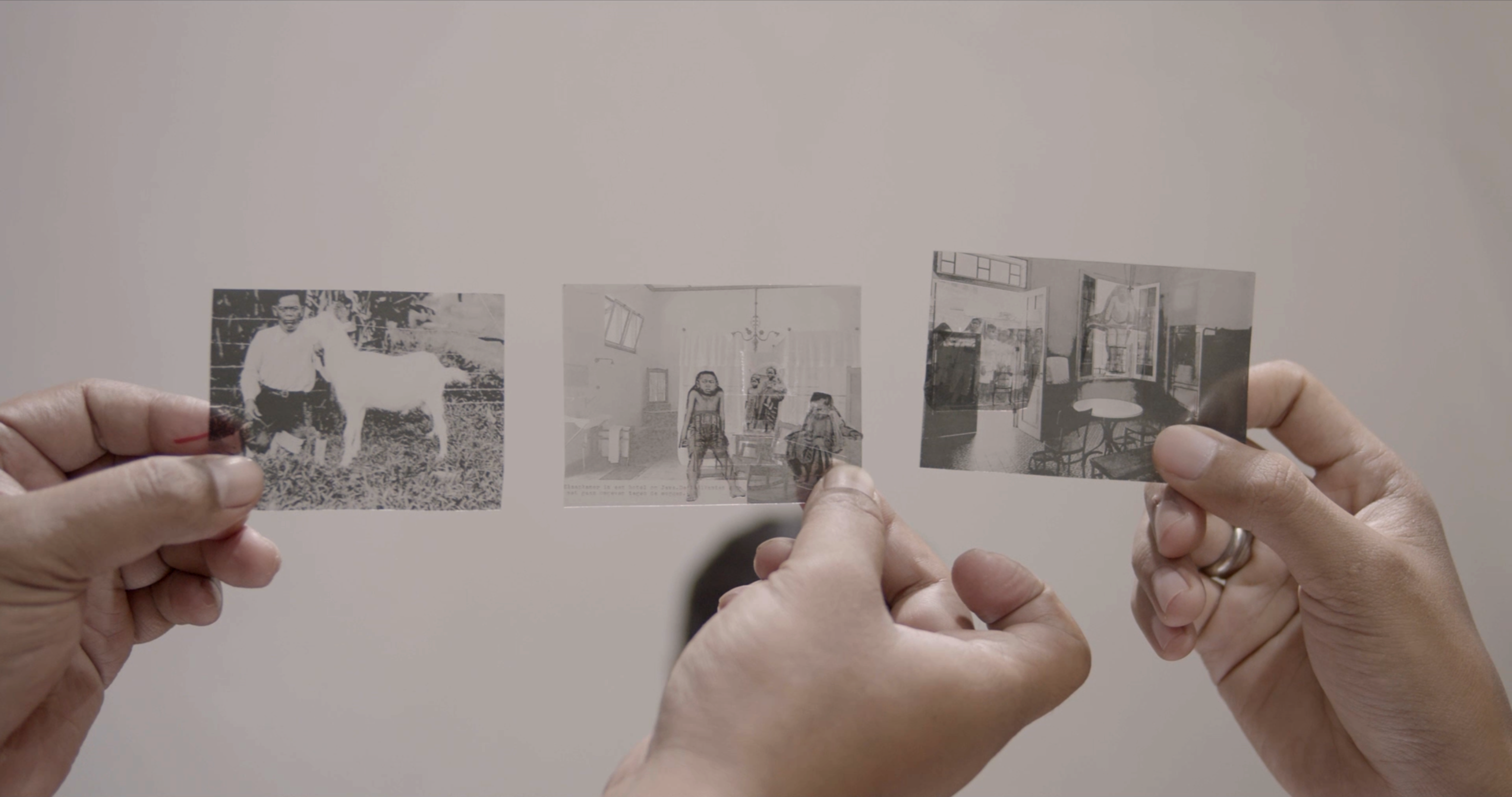
Hendrik Freerk Tillema (1870–1952) was a Dutch pharmacist, entrepreneur, self-taught ethnographer and photographer, lobbyist and advocate for hygienic standards in the colonies, who lived in the Dutch Indies for twenty years of his life up until WWI. The photographs and films that Tillema produced or collected during his time in colonial Indonesia are located in the archives of the Museum voor Volkenkunde, the Tropenmuseum and the Eye filmmuseum. Historians and anthropologists have often regarded Tillema’s work and legacy as unavoidable primary sources, often detached from the context of his life, his main business and ideology. With the six waves of cholera bacterium outbreaks in the background, in Semarang, he built the first purified and bottled water factory in the Dutch East Indies. This enterprise directly supported his expeditions, observations and publications. Tillema wrote numerous publications on hygiene and urbanism in the colony. His ideas fit the broader modern scientific and medical discourse on hygiene, which engendered spatial and racial segregation through fear for contamination, through environmental and bodily pollution.


The Forest Underneath
Video Installation: 2-Ch. HD Color Silent 19’35”
Short Documentary: HD Color Stereo 11’
Van Eyck Academie
arc en rêve centre d'architecture
IMPAKT Festival
MCBA Musée Cantonal des Beaux‑Arts Lausanne
Architektur FilmTage Zürich
TRANSFER Architecture Video Award (Finalist)
arc en rêve centre d'architecture
IMPAKT Festival
MCBA Musée Cantonal des Beaux‑Arts Lausanne
Architektur FilmTage Zürich
TRANSFER Architecture Video Award (Finalist)
2019
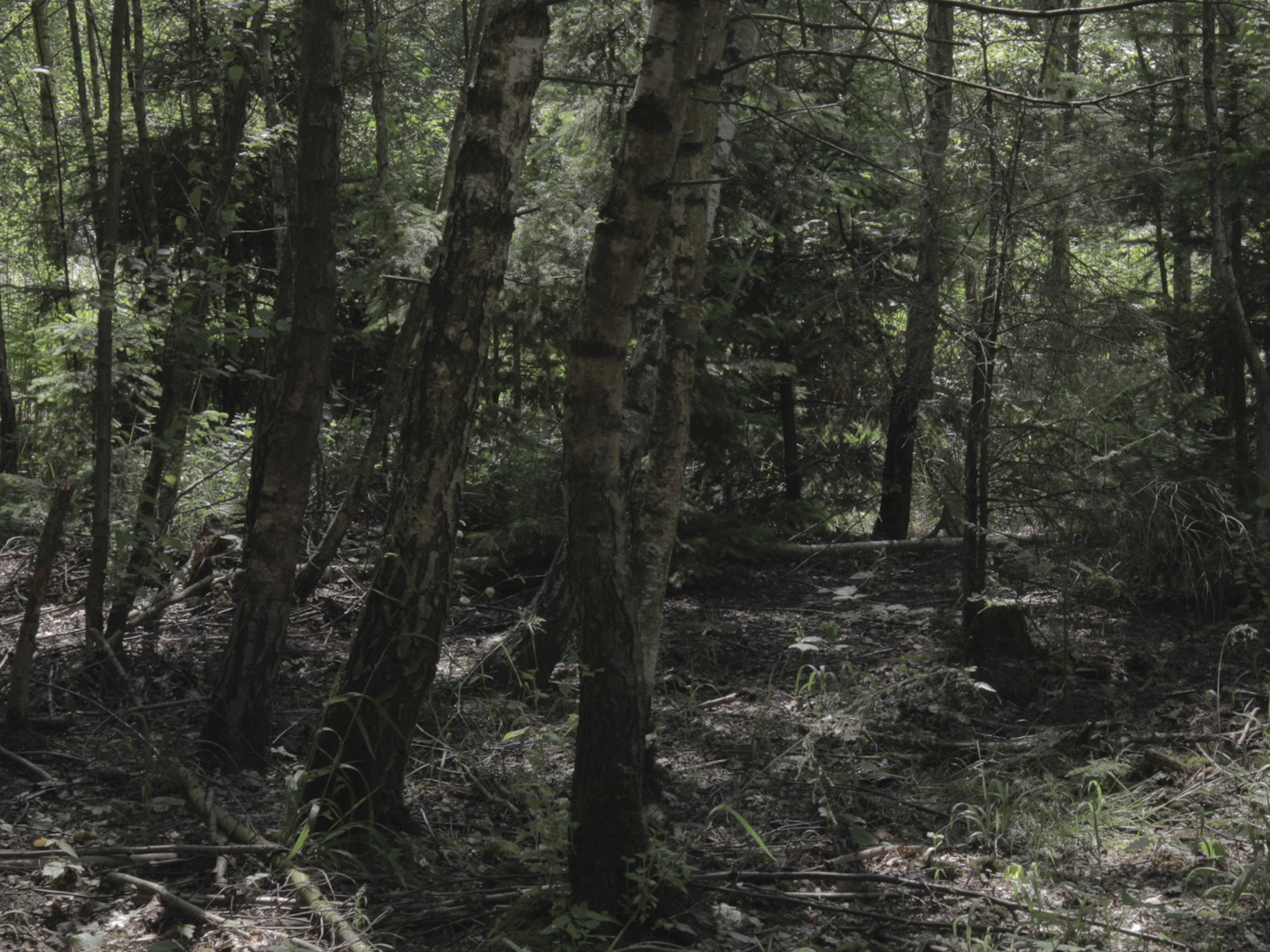
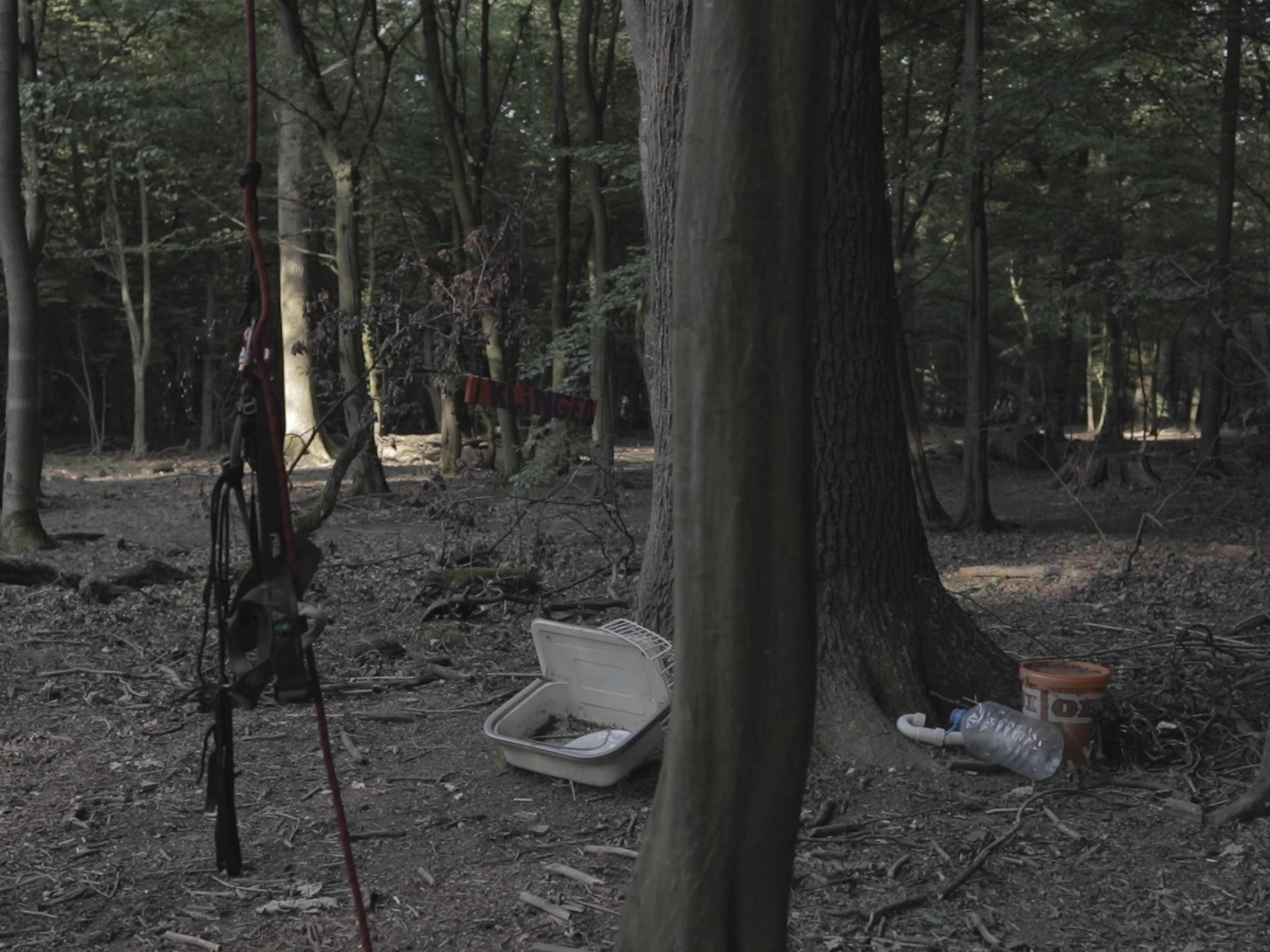
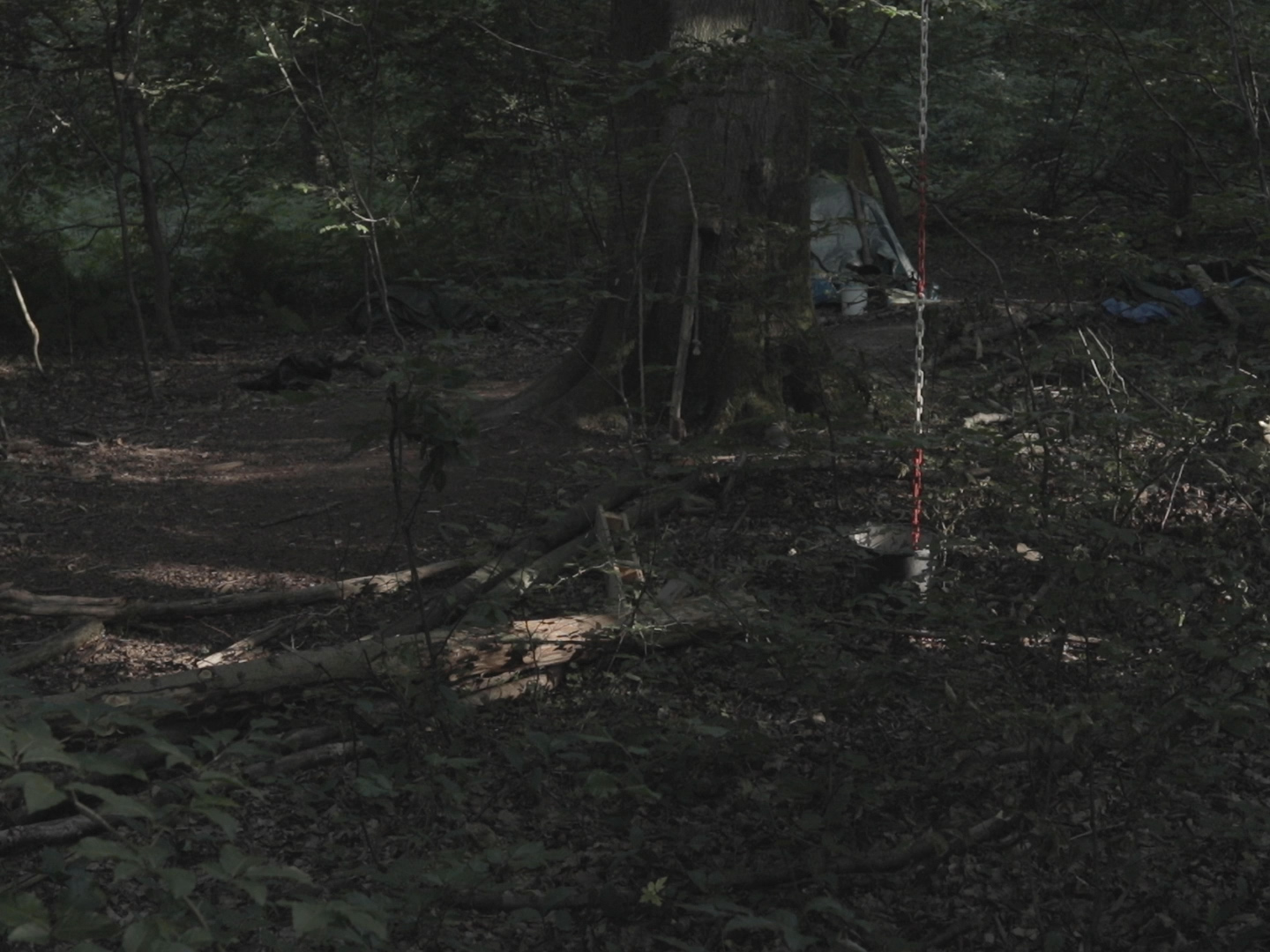
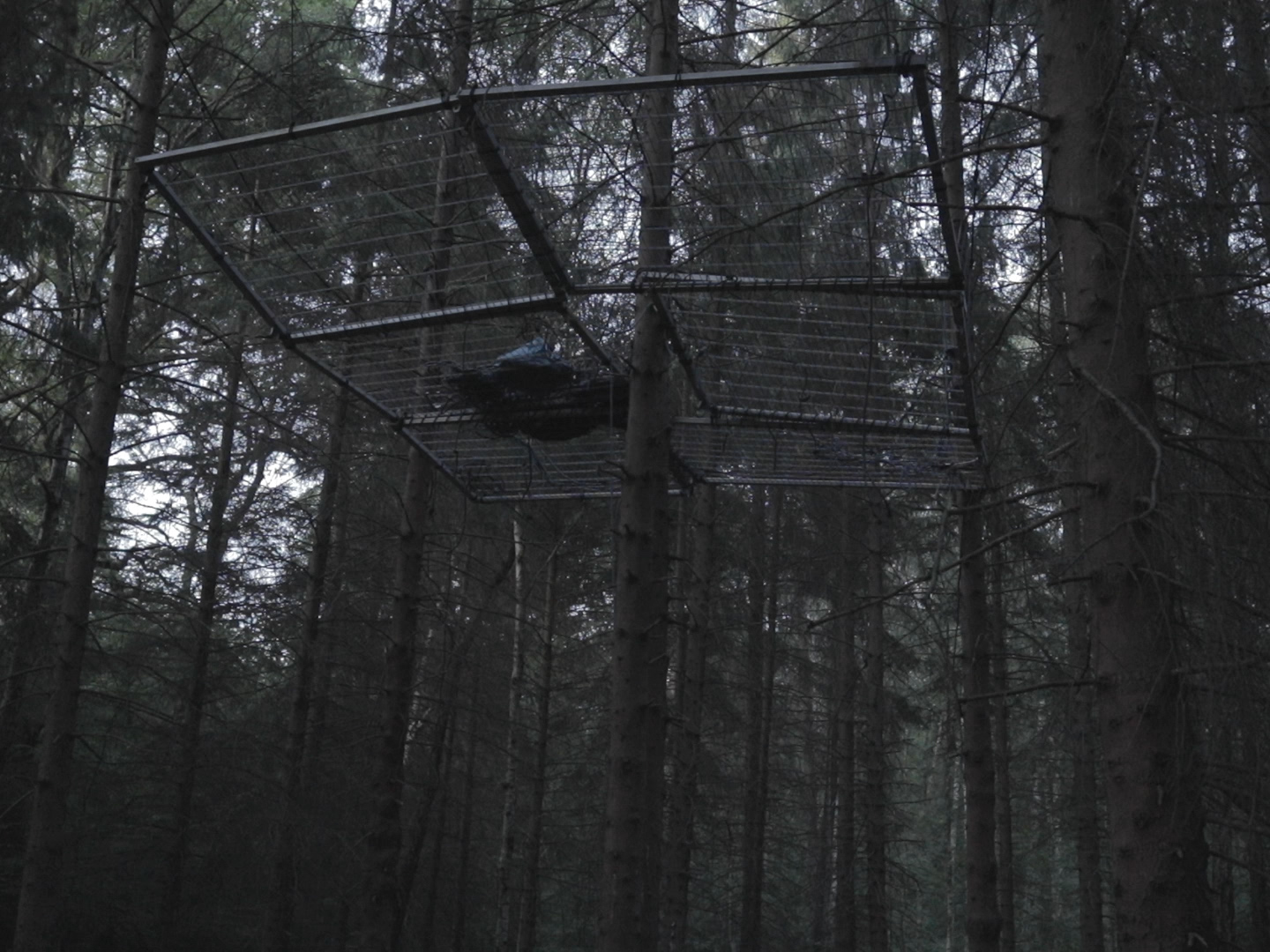
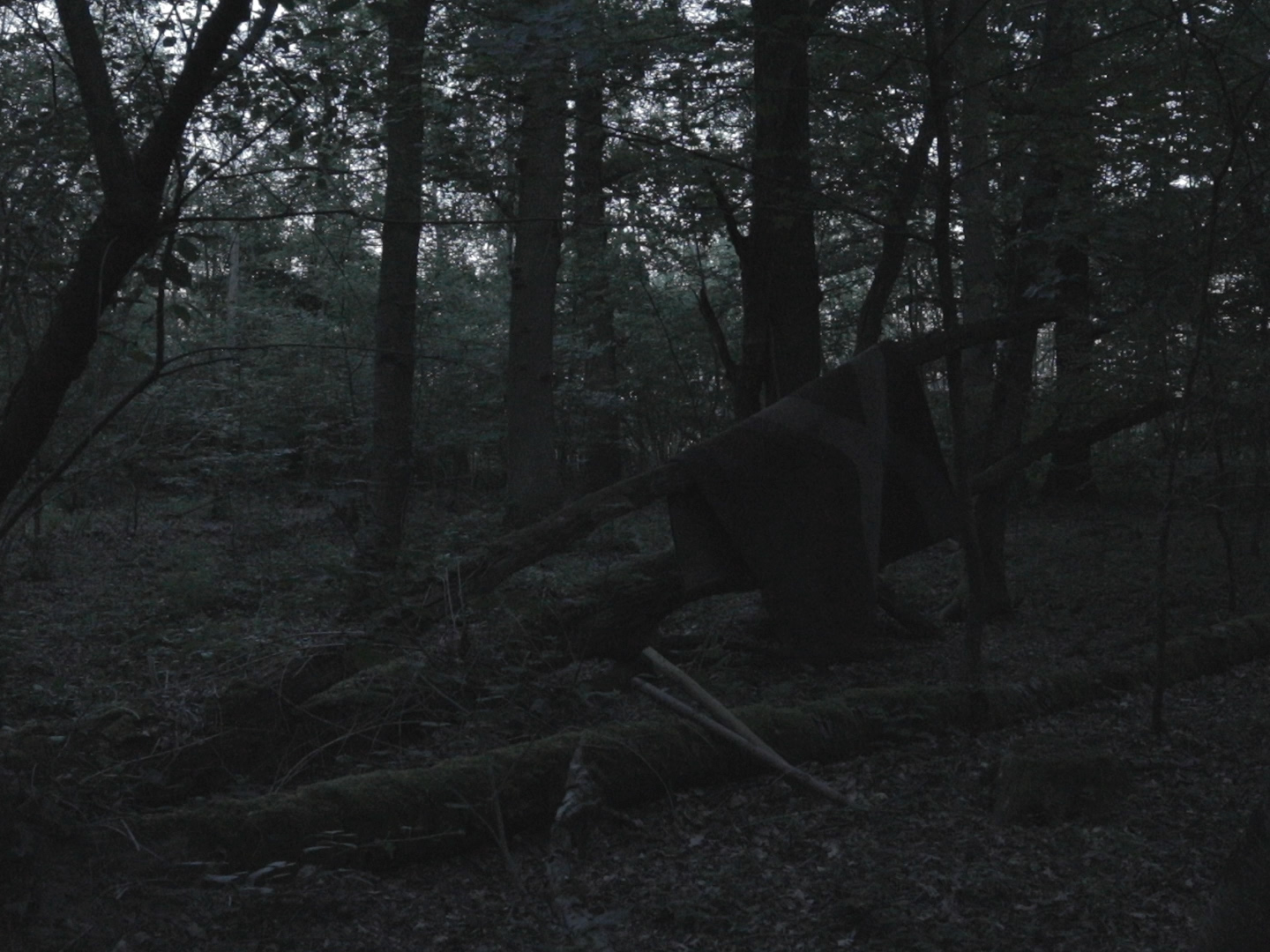

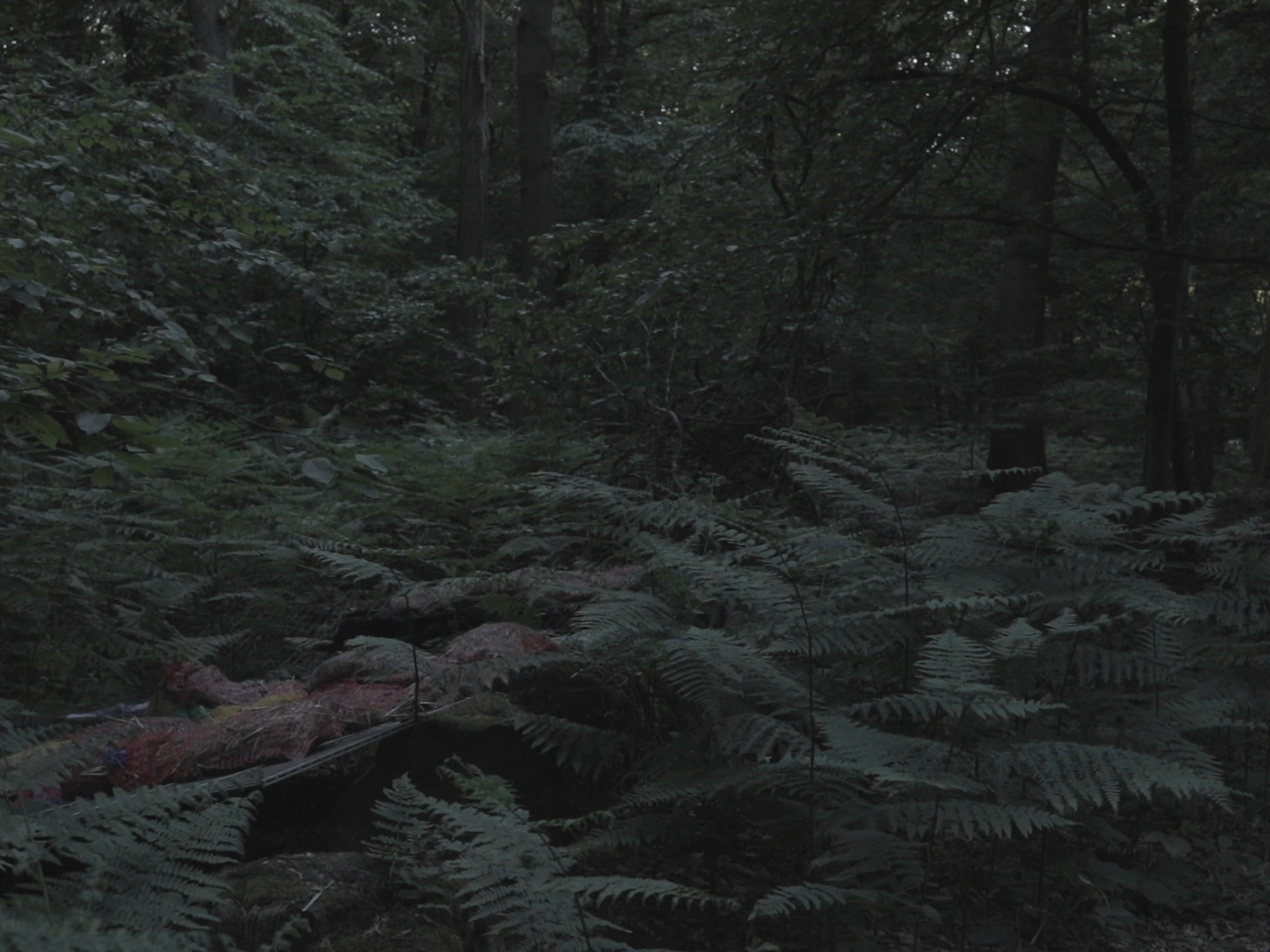




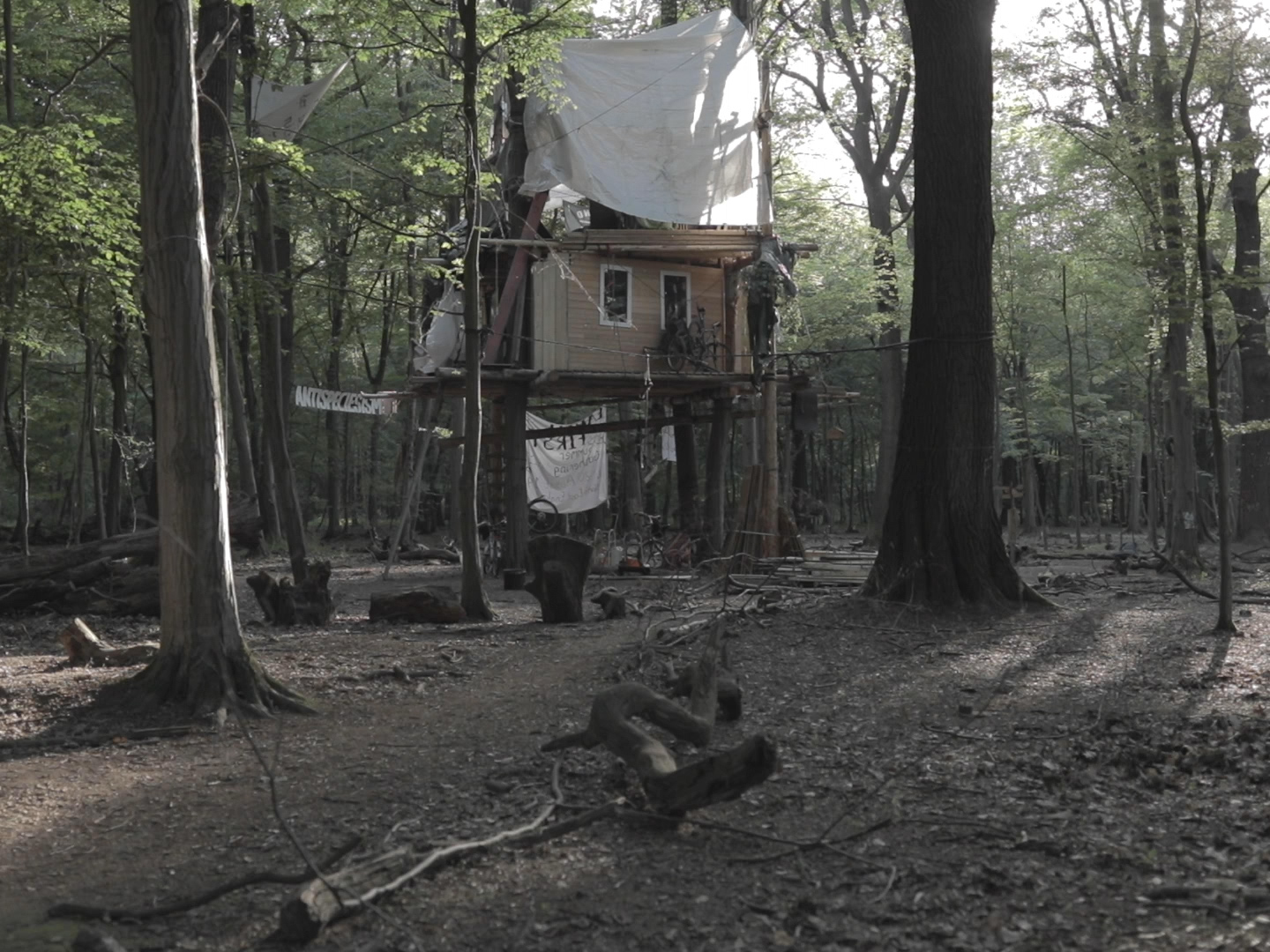
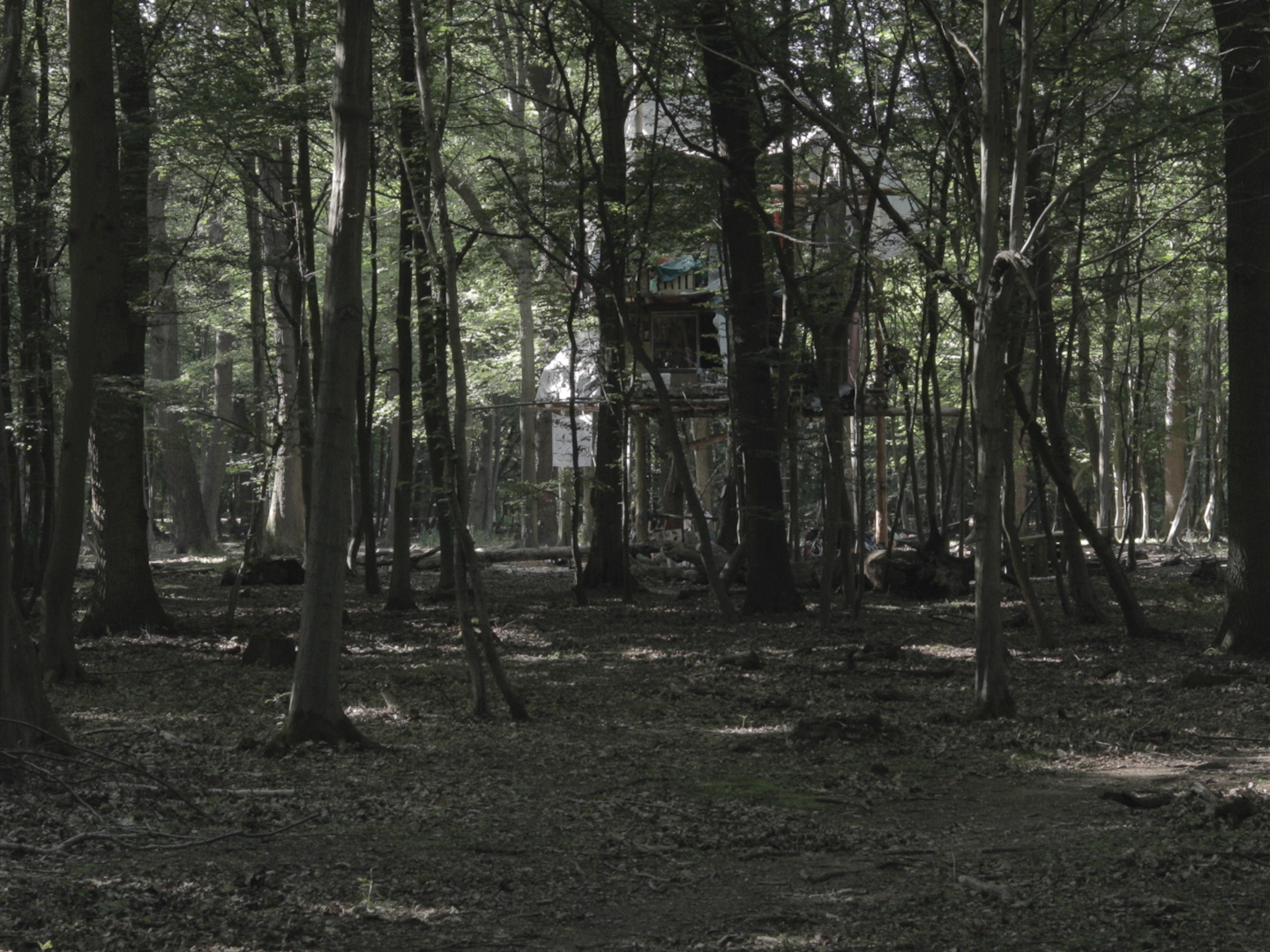

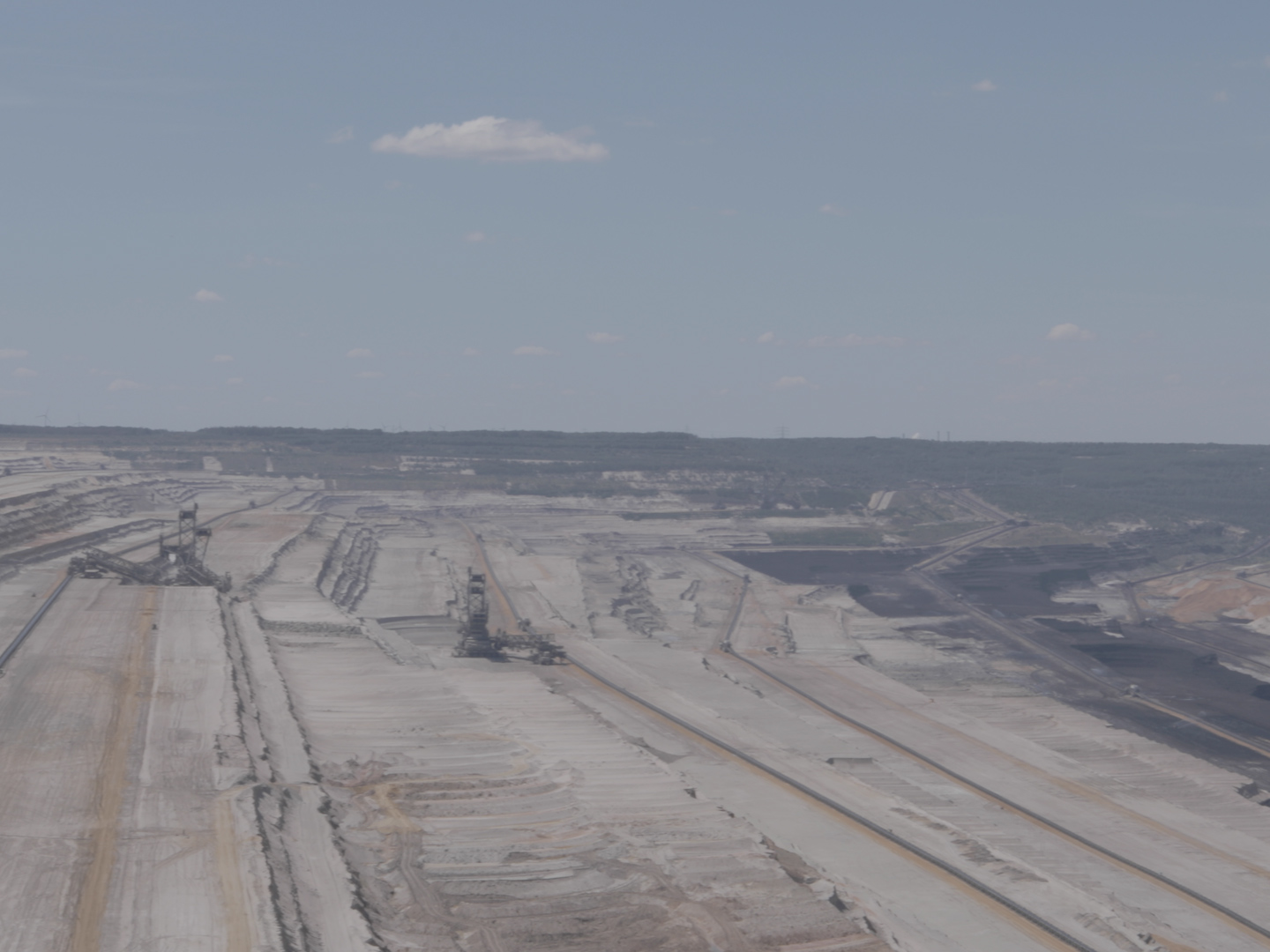


Staged as a 2-channel video installation, or screened as a single-channel documentary, The Forest Underneath combines materials shot on location in and around the Hambach Forest into an observational film. The last remnant of an ecosystem that has occupied the Rhine plain since the end of the last ice age – and a site where corporate exploitation, environmental activism, and environmental degradation coexist – the forest borders the largest open-pit coal mine in Europe, and ghost towns doomed to be torn down. Planned to be cleared to mine by the energy company RWE, the forest has been a political standpoint for environmentalists since 2012, when a diverse group of activists took permanent residence within it, in self-built ‘barrios’ and treehouses, behind barricades, to protect it from planned destruction. The meandering camera captures their environents, surroundings and moments of their everyday.
The Forest Underneath was originally produced as a contribution to a visual investigation of the landscape of the Meuse–Rhine Euroregion, curated by Bas Princen at the Jan van Eyck Academie.
The Forest Underneath was originally produced as a contribution to a visual investigation of the landscape of the Meuse–Rhine Euroregion, curated by Bas Princen at the Jan van Eyck Academie.




